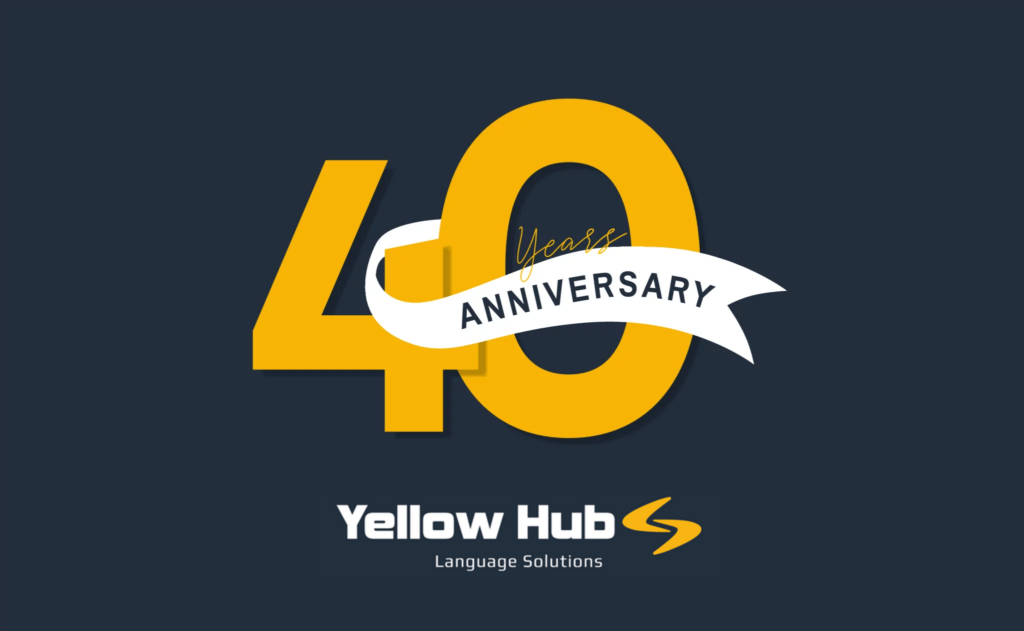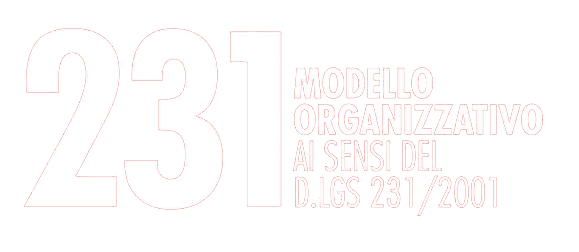Your company offers a wide range of products, each accompanied by user manuals in various formats, both paper and digital. Translating these manuals into multiple languages, maintaining their consistency, and updating the documentation promptly, however, can pose complex challenges.
Let’s consider a practical example: you need to update a small detail, such as the customer support email address. Even with just five products translated into twenty different languages, such a change requires the modification of a hundred distinct documents.
In this context, having a Component Content Management System (CCMS) is crucial for any company, as it allows for optimizing the content adaptation processes by reducing time and workload.
Terms similar for different systems
While browsing online, the terms CMS and CCMS often appear interchangeable, but they refer to different systems designed for specific purposes. A CMS, or Content Management System, is primarily used for managing websites like corporate sites, blogs, news portals, and e-commerce platforms, as seen with WordPress, Drupal, and Joomla.
In contrast, a CCMS, or Component Content Management System, is tailored for managing complex documentation and publishing it across multiple platforms in formats like PDF, HTML5, and e-Learning solutions, such as SCORM. Within a CCMS, content is divided into smaller components—paragraphs, images, procedures, tables, and terms—that are then compiled into comprehensive documents. Utilizing XML allows for flexible management of even detailed semantic content and its metadata, making components easily reusable.
The role of CCMS in the digital era
Before CCMS technology, repurposing content across various channels required manual adaptation, limited to basic functions like copy-pasting, without any automation. This approach made content enhancement extremely cumbersome, leading to considerable delays and inconsistencies.
Moreover, unlike today, it was not feasible for multiple authors to collaborate on a document online. Typically, an author would prepare the documents and pass them to a reviewer, translator, or technical expert, which complicated coordination among team members and real-time content monitoring.
CCMS’s component-based structure makes it an ideal tool for reusing and creating new content from a single source, allowing application in various contexts and documents. This ensures maximum consistency, accuracy, and quality while significantly reducing the costs associated with content production and updates.
Who benefits from a CCMS?
Technical writers and content creators: CCMS facilitates the creation, management, and reuse of modular content, drastically speeding up content production and maintenance.
Content managers: These systems provide precise control over content, available versions, and workflows, enhancing team collaboration and streamlining the updating process.
Regulated industries: Entities in sectors like healthcare, finance, or legal can leverage CCMS for crucial functions to ensure compliance and content consistency. For instance, a CCMS can integrate with databases and regulatory standards to produce fully compliant documents.
Large corporations: CCMS aids structured companies in effectively managing vast amounts of complex content, maintaining brand consistency and integrity from all angles.
E-commerce and marketing teams: These systems enable the standardization and optimization of various product contents across multiple channels and markets, ensuring complete uniformity of information. CCMS can also assist in customizing product content to suit different markets, catering to user needs with tailored images, language, and content.
Software and technology companies: CCMS simplifies documentation management, facilitating the seamless integration of internal and external materials and the updating/reusing of content across multiple platforms
Government agencies and institutions: CCMS offers significant advantages for managing large volumes of informational and institutional content, ensuring maximum precision, accessibility, and compliance.
Selecting the right CCMS
Before selecting a CCMS, it’s essential to thoroughly evaluate your organization’s specific needs. Identify the types of content you’ll manage, assess the need for potential collaborations, consider scalability, and explore various system integration options.
Implementing a CCMS in a company is a significant investment that should be carefully considered. Once selected and implemented, a CCMS can only be replaced or removed at a considerable cost in terms of energy and resources. Moreover, not every company has the same requirements: a CCMS is a recommended and effective solution for organizations that need to intelligently manage large volumes of content and multilingual updates.
For smaller needs and volumes, there are other, less expensive tools that are flexible and easy to implement.
If you need expert advice on the best solution for your company, our team will be delighted to assist you!















